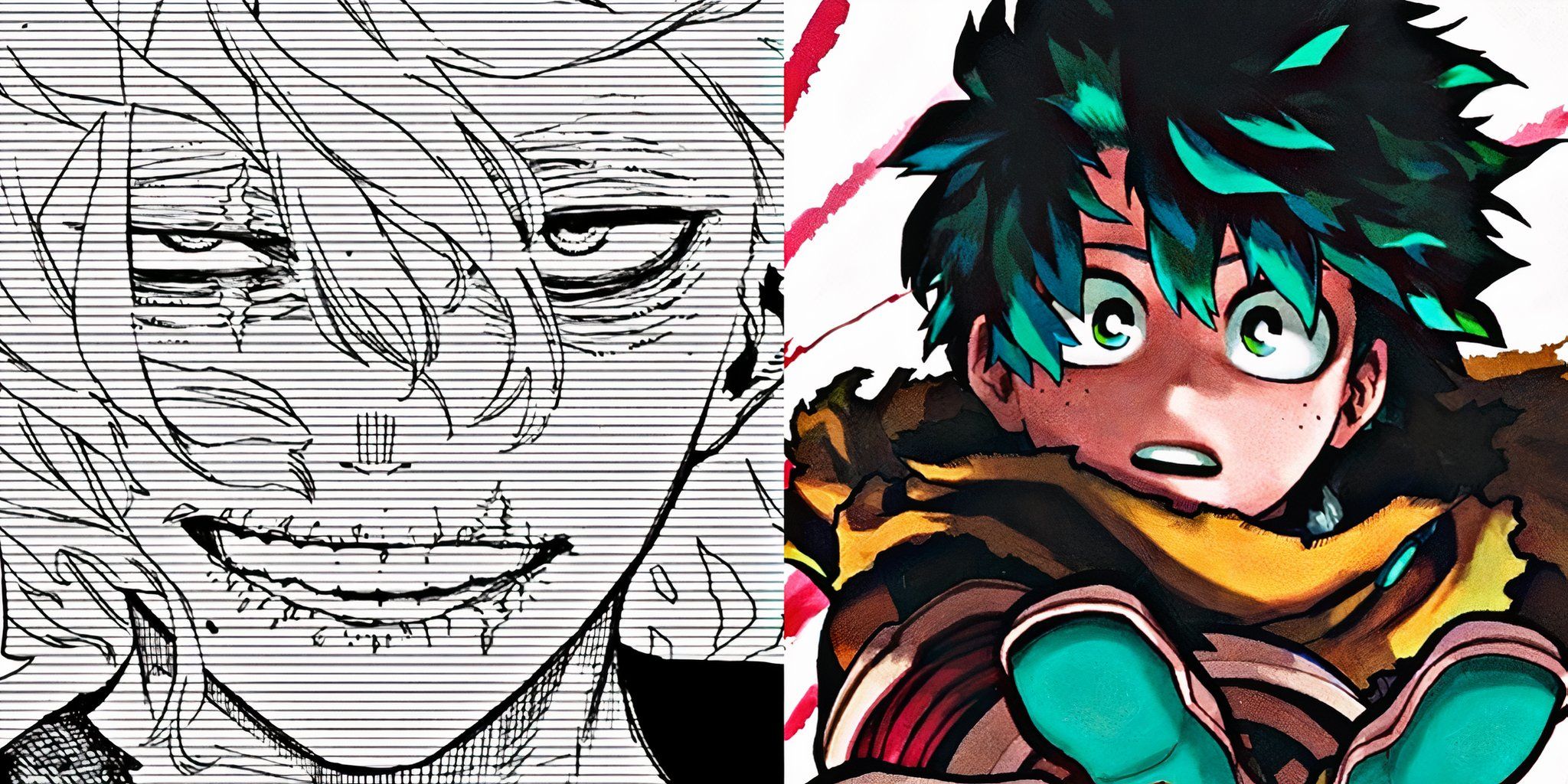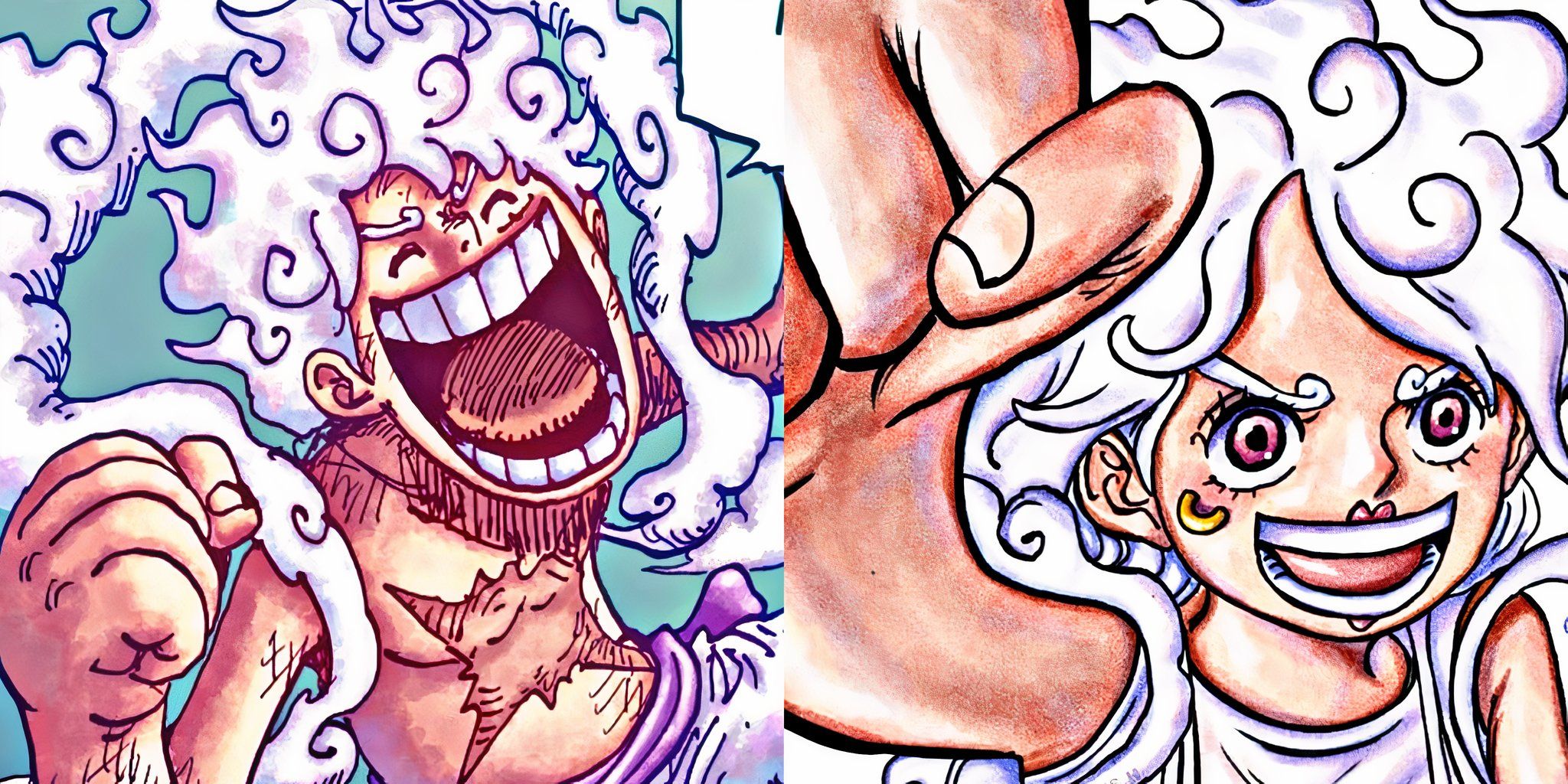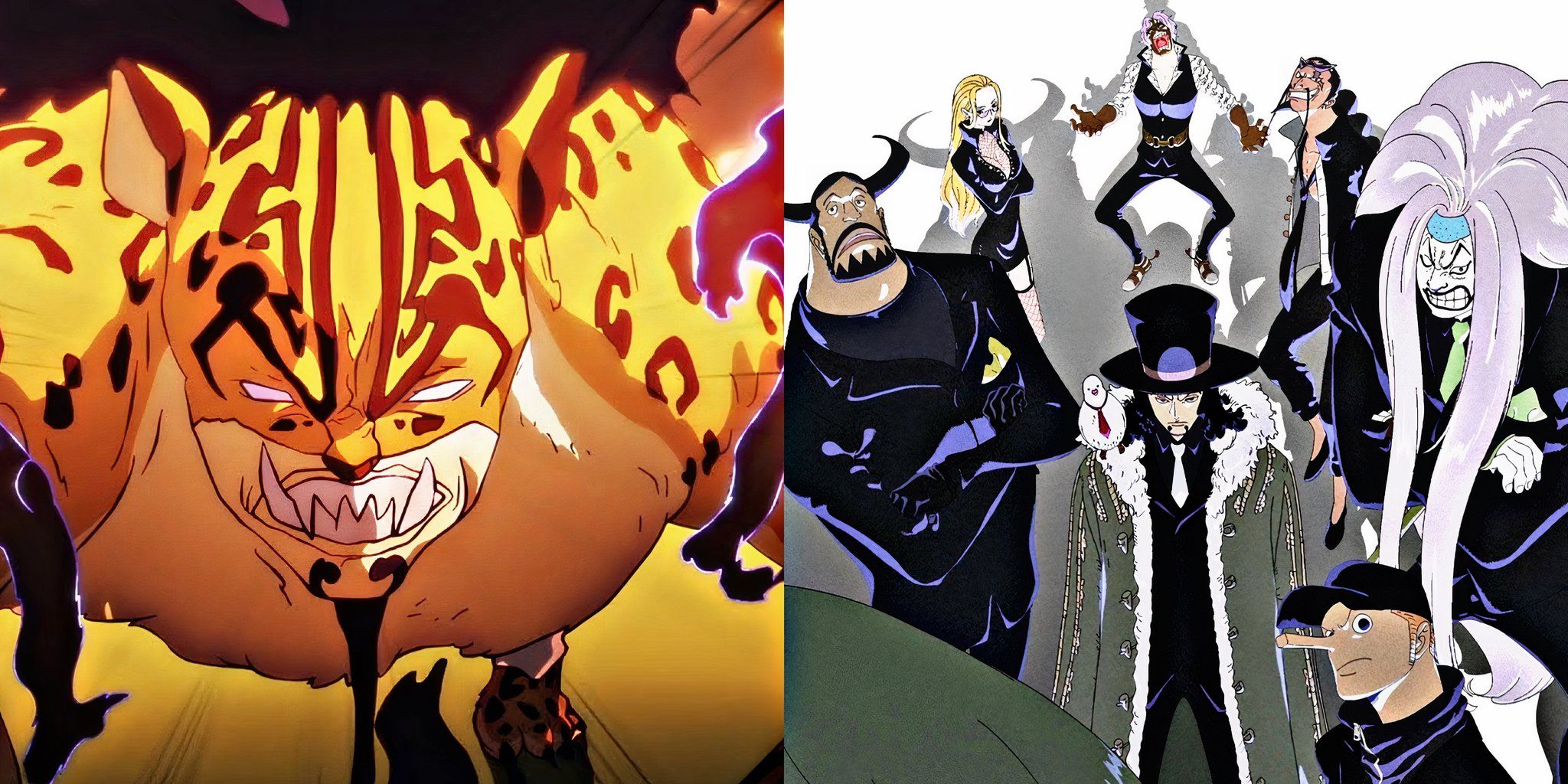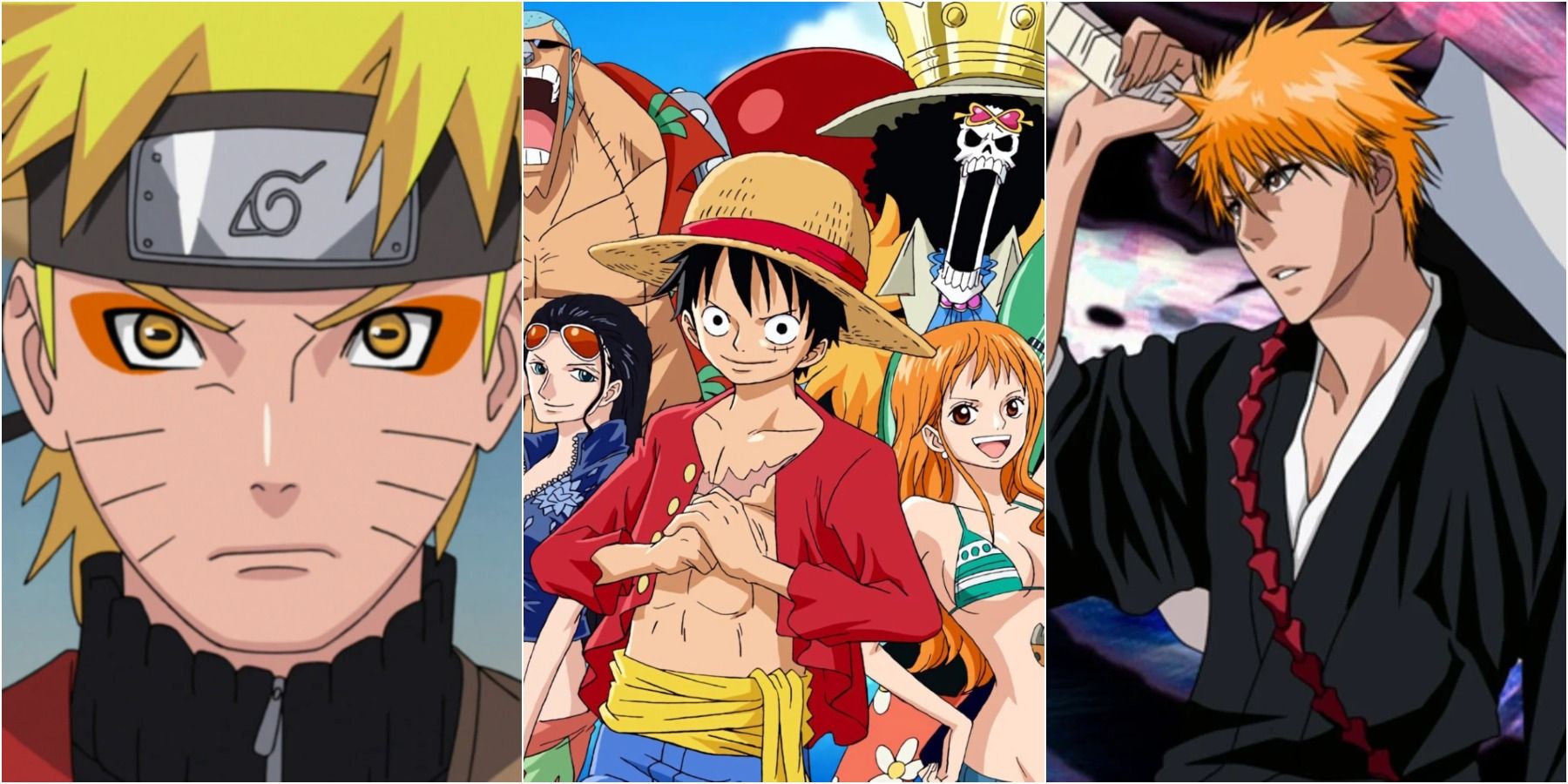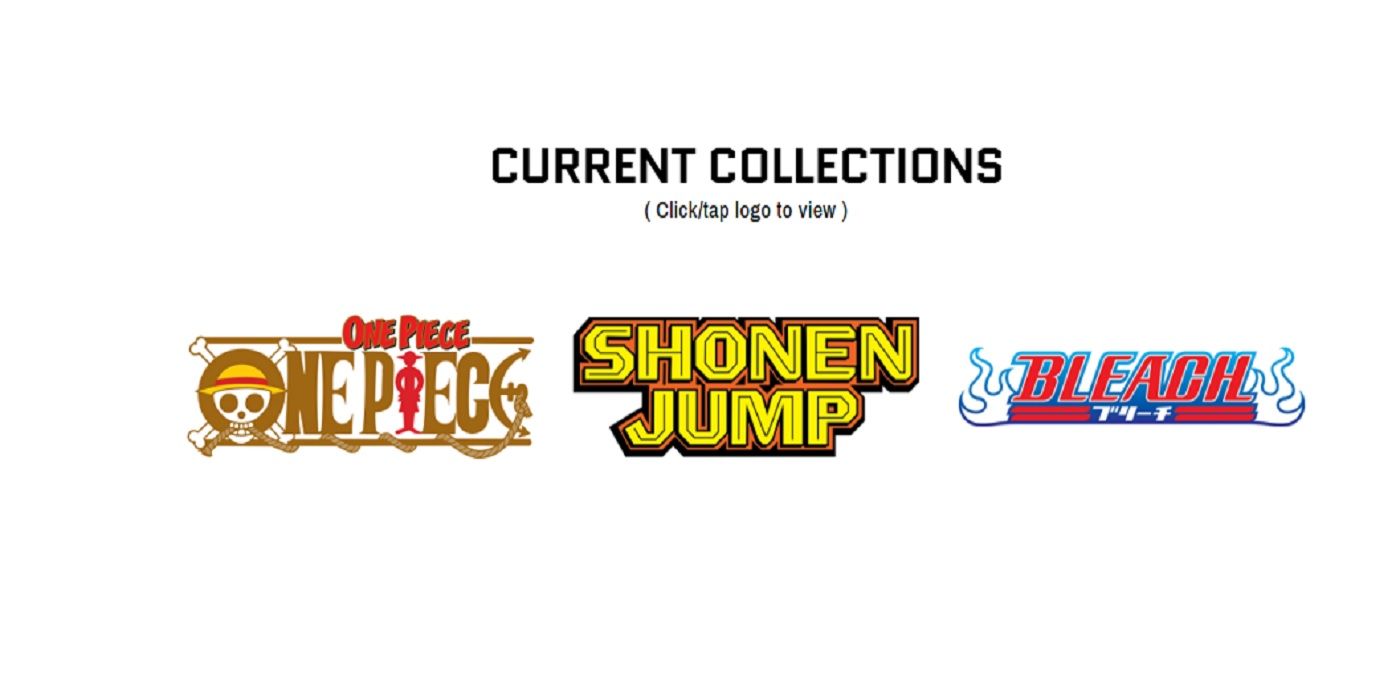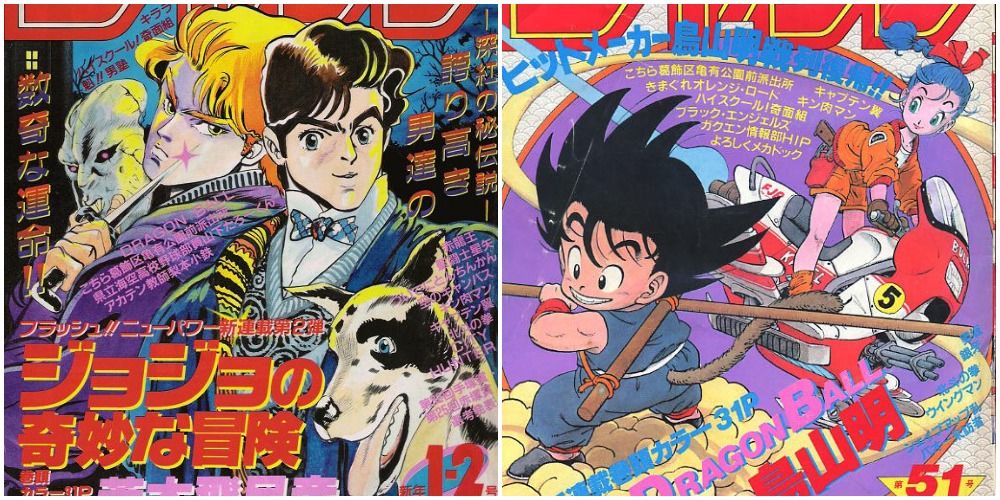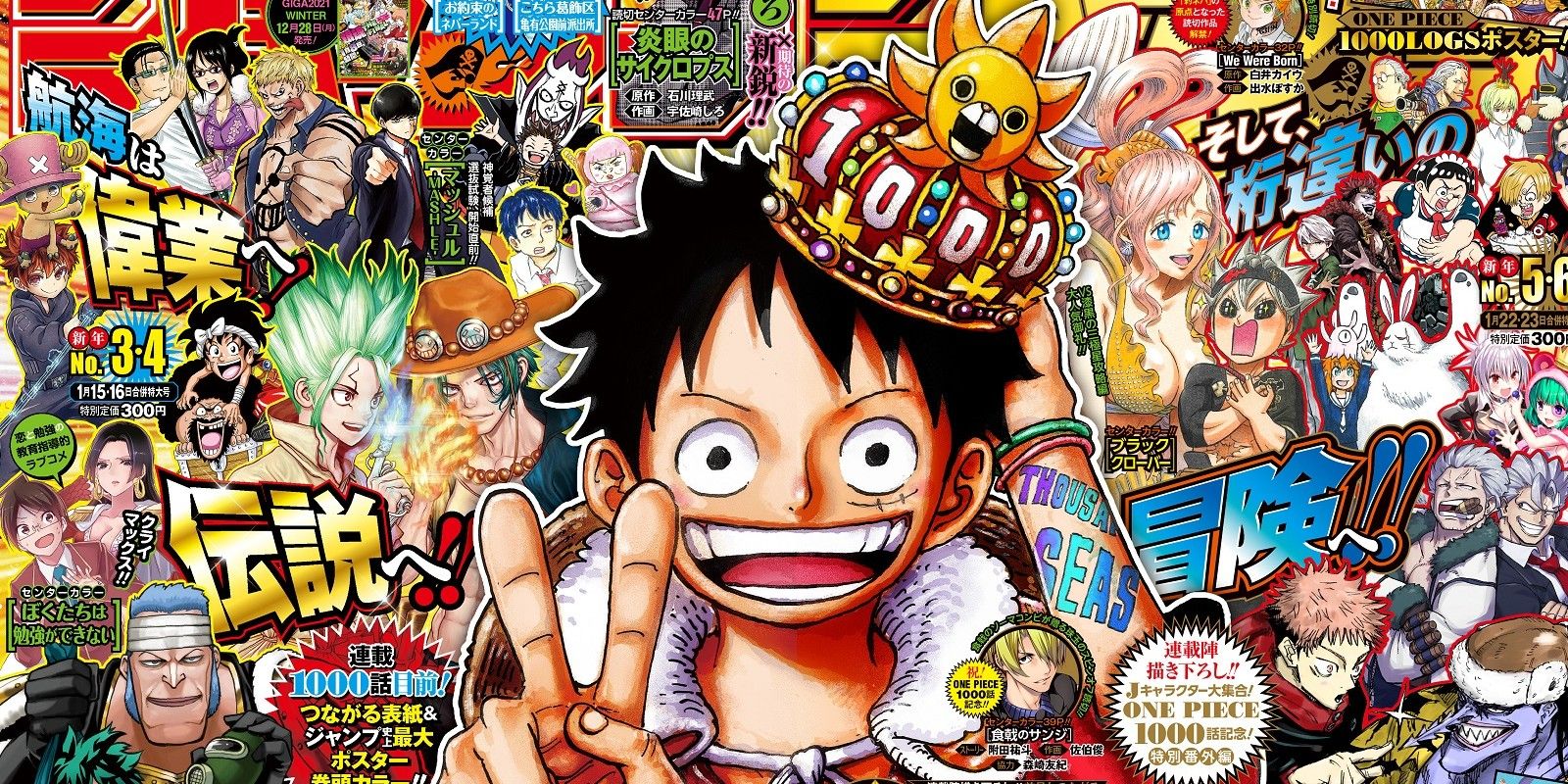Often fans of anime and manga get into heated discussions surrounding various topics – which anime is the best, which is the most influential, which anime are supposedly "mid" and what shows are so-called "peak fiction"? These questions are common, and lead to productive and interesting conversations, but sometimes they lead to misunderstandings, like what happens with conversations around a phenomenon known as "The Big Three".
In short, "The Big Three" refers to three titles emerging after an era of immense success in Shueisha's Weekly Shounen Jump magazine. These three titles are, and always will be Oda Eiichiro's One Piece, Kishimoto Masashi's Naruto, and Tite Kubo's Bleach; however, most fans carry with them the misunderstanding that "The Big Three" exists as a title, one that can be gained or lost, and not as a reference to a point in history.
Origins of "The Big Three"
Most fans hear "The Big Three" and immediately consider the three best anime shows they have ever seen, and attempt to shoehorn them into "Big Three" status. However, "The Big Three" is shorthand used to refer to a very specific moment in the history of a particular firm known for the publication of books and magazines – Shueisha Inc. Shueisha's journey to becoming a leading publisher in Japan after splitting from Shogakukan is not complete without mentioning the Weekly Shounen Jump magazine.
Debuting in 1968, Weekly Shounen Jump ("Shonen Jump" from henceforth) quickly became Shueisha's standout magazine for its mega-hit manga titles and also rose to becoming Japan's best-selling magazine of all time. Shonen Jump is the magazine where major titles of influence saw out their lifespans and spread to the rest of the world. Jump's greatest glory comes in its "Golden Age", a period of immense influence and the magazine enjoyed a legion of hugely successful manga titles as well as global recognition and success.
The Golden Age
The Golden Age of Shonen Jump refers to a period in Shonen Jump from the mid-1980s to mid-1990s, when the magazine was at its peak. This period from 1984 to 1995, in which Goto Hiroki was appointed Chief Editor, saw the emergence of several heavyweight manga titles that would come on to influence an entire generation globally. Titles such as Fist of the North Star (1983), Dragon Ball (1984), City Hunter (1985), Saint Seiya (1986), and Jojo's Bizarre Adventure (1987) all shared the same stage, and soon after came Yu Yu Hakusho (1990), Slam Dunk (1990) and Rurouni Kenshin (1994). These are all titles that garnered an immense following, leading to Weekly Shonen Jump seeing its highest circulation figures to date – 6.53 million in 1995.
The Golden Age of Shonen Jump was so immensely successful that the end of some of its major intellectual properties saw the decline of the weekly sales of the magazine. The end of Slam Dunk and Dragon Ball created a huge vacuum in the magazine that led to a huge drop in circulation numbers for the magazine. This void left by the mass exodus of major long-running serializations would not have been filled had it not been for the emergence of three titles in the late 1990s to early 2000s, titles that would come to garner similar levels of global acclaim and attention as their predecessors. These titles were One Piece (1997), Naruto (1997), and Bleach (2001), whose arrival saw a revival of interest in the Weekly Shounen Jump magazine specifically.
These titles, like their predecessors, continue to captivate and garner attention from the anime and manga community to this day. They were dubbed "The Big Three" within Shonen Jump itself, as they rose to prominence as the new group of long-running serializations to take the place of the varied heavy-hitters that once dominated the magazine for almost a generation. However, the term has been misunderstood, partly because of the sheer level of influence and popularity these titles have had over a generation, but also because of the inherent ambiguity within the term itself.
The Big Three
"The Big Three" are hence the trinity of long-running "saviours" of Shonen Jump magazine after interest in the magazine plummeted to a point where it could have led to the end to Shonen Jump's dominance as the top-selling magazine in Japan, manga-related or otherwise. The Big Three are so-called because through their influence, and direct inspiration from previous dominant titles within Shonen Jump, they managed to rescue and maintain the magazine's pole position in the industry, at least regarding sales and circulation.
Due to how the phenomenon came about and what the context surrounding the term was, "The Big Three" can only be in reference to titles that; a) emerged after the end of Dragon Ball, Slam Dunk, Yu Yu Hakusho, and others from the Golden Age; b) are/were actually published in Shonen Jump; and c) enjoyed periods of immense success as top-selling titles within Shonen Jump. The specificity of Shonen Jump as a magazine must be emphasized here, because a phenomenon and descriptor that was used specifically for Jump by Jump ended up becoming a marker of irremovable quality and influence for the entirety of anime and manga as media, rather than just within a particular publisher of Shonen media.
These criteria leave room for a very specific set of titles: Naruto, Bleach, and One Piece. It was never about which are the "best" three, or the most influential, or the most inspiring, or even about embodying Shonen's quintessential aspects the most – The Big Three concept was always about Shonen Jump and its own dominance as a magazine continuing as a result of the three titles' near-simultaneous emergence. "The Big Three" is not a title that can be passed around, it's effectively an epithet granted to just those titles. Naturally, one can still consider various other kinds of "Big Three" based on different criteria, but such discussions have no bearing on what "The Big Three" in anime and manga refers to.
The Big Three can only ever be these three titles because they're the titles that filled the vacuum left after some of the greatest manga published in Shonen Jump came to an end. Consequently, there cannot be a "New Big Three" because that would imply a new set of titles that have achieved the aforementioned: maintaining Shonen Jump's dominance after the end of its Golden Age. The Golden Age of Weekly Shonen Jump magazine has only happened once, and as such, there simply can't be a new big three, unless we time-travel and change the course of history. Context is important, always.

